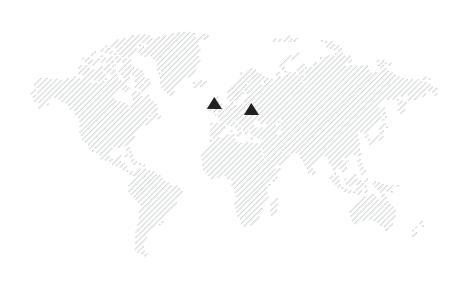It’s funny now to remember how fascinating my biography was. As it happens, I have had two hobbies since I was a child – technology and travelling. At the age of five, I could freely travel by public transport all over Minsk, a city with a million inhabitants. Controllers didn’t touch me, thinking that my parents were somewhere nearby. One of the first books, studied literally to the ground, was a map of transport connections of the city of Minsk.
I spent hours travelling alone (!) around the city by transport, and studied all the streets, their names, transport routes and much more. Of course, my parents would have killed me if they had learnt about my adventures, but luckily nothing bad ever happened to me.
My father had a whole workshop in the basement with all kinds of tools. My friend Anatoly Sakov (where are you now?) and I often used his help when we needed to do something with our own hands. And at the age of 13, we built our first bicycle, which could even move!
When I was about eight years old, as a child, I got my first vinyl player; out of the best of intentions, of course, I took a look at what was inside. And soon my friend went to a printing school, and the following year I did the same. That was in 1989. Thus began my adventures in printing. I had time to catch up with letterpress printing with its linotypes and flatbed printing machines with manual overlays. I studied at Minsk Professional School No. 32 on Vera Khoruzhaya Street 7 in Minsk.
In those times there was no talk about any adequate quality control of the impression at all. I learnt about the existence of a densitometer and its application in printing much later. Maybe someone had the device in a laboratory or in a proofing shop, but for us it was a world that existed in parallel with the reality, in which the printers of large printing houses worked on huge ‘Planetas’ and small ‘Dominants’ with ‘Romayors’, and never held a quality control device in their hands.
The printing profession in those years depended directly on the skill of the individual worker and his human factor, and a good printer could be made after about five years of hard work. The technology of the time was so imperfect and its control so biased that the printer was literally an artist – his work was exactly what his hands created. It was to be a few more years before I entered the Moscow University of Printing and got to know the real installations of printing presses in practice. Who would have thought then, in the early 90’s, that letterpress printing would have to say goodbye very soon, followed by projection cameras, which would be replaced by Computer-to-plate systems. The knowledge learnt at the University of Printing will undergo a serious polishing at the Print Media Academy and in practice.
A modern printing press is almost a spaceship, and the control system leaves no chance for the printer to be amateurish. Yes, the printer has less freedom, but the quality of the product has increased.
The photo shows me, Sergey Voropay, my friend Roman Minin and our student friend Viktor Prudkov against the background of the Timiryazev Academy, 25 June 1997. It is 500 metres from the University of Printing in Moscow on Pryanishnikova Street. Only 4 months will pass and I will be hired by Heidelberger Druckmaschinen Osteuropa Vertriebs GmbH (Austria) to open a branch in Belarus.
That is how it all started.



